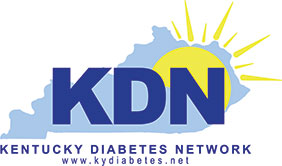What is Prediabetes?
Prediabetes stands as a significant health condition characterized by slightly elevated blood sugar levels, exceeding the typical range but not reaching the point of being classified as type 2 diabetes. Impressively, around 96 million adults in the United States, which equates to more than one in every three individuals, grapple with prediabetes. A concerning fact is that over 80% of those with prediabetes remain unaware of their condition. It’s essential to recognize that prediabetes elevates your vulnerability to the development of type 2 diabetes, as well as increasing the risk of heart disease and stroke.
How Do I Know If I Am At Risk?
You are at risk if you:
- Are overweight.
- Are 45 years or older.
- Have a parent, brother, or sister with type 2 diabetes.
- Are physically active less than 3 times a week.
- Have ever had gestational diabetes (diabetes during pregnancy) or given birth to a baby who weighed over 9 pounds.
- Are an African American, Hispanic or Latino, American Indian, or Alaska Native person. Some Pacific Islander and Asian American people are also at higher risk.
What Can I Do About it?
The good news is that if you have prediabetes, the CDC-led National Diabetes Prevention Program can help you make lifestyle changes to prevent or delay type 2 diabetes and other serious health problems.
Click here to find a lifestyle change program near you!
There are other ways to prevent type 2 diabetes such as:
- Eating healthier
- Being more active
- Losing weight if you’re overweight
- Managing stress
- Getting enough sleep
- Quitting Tobacco
